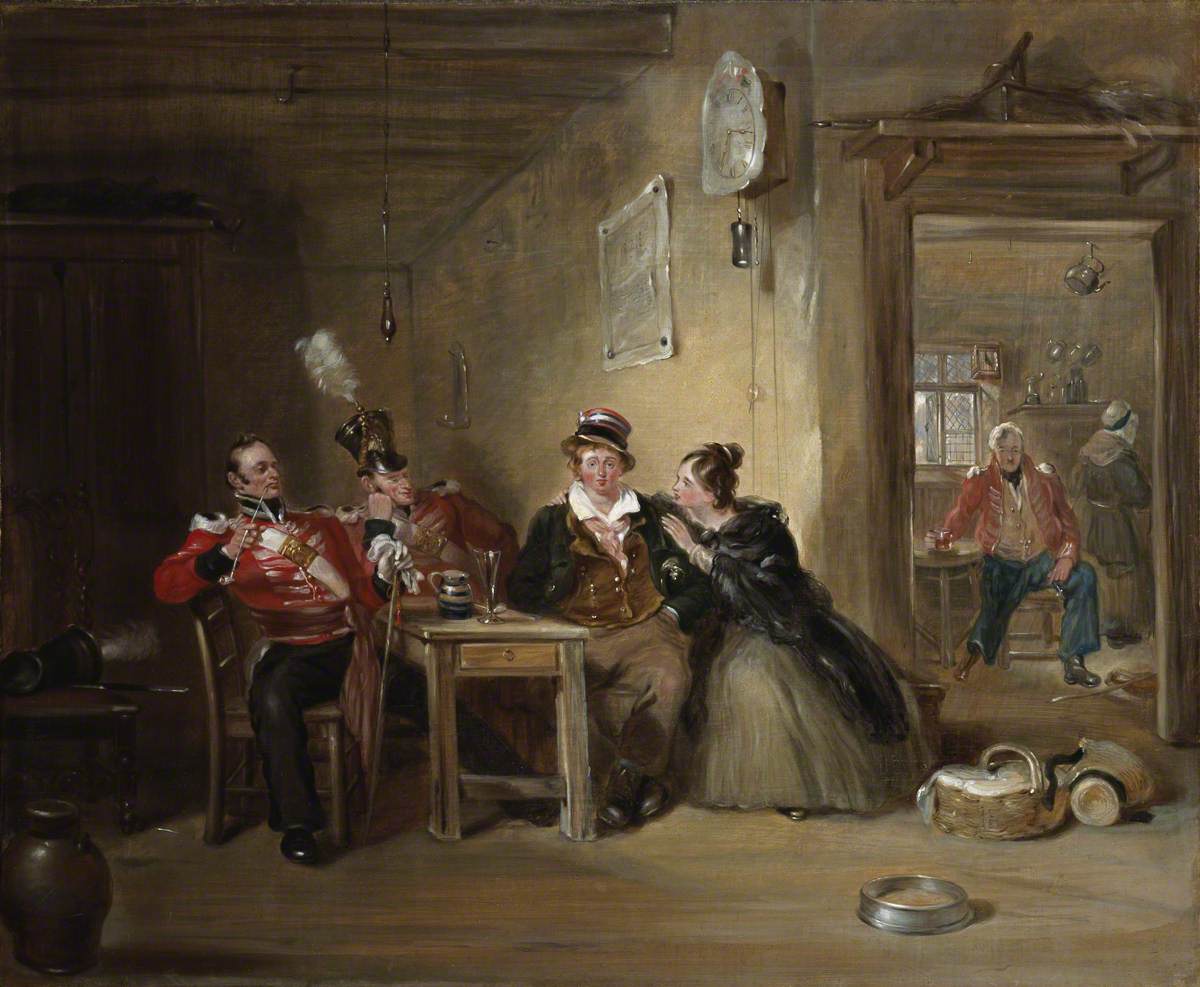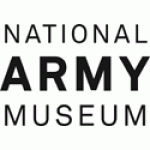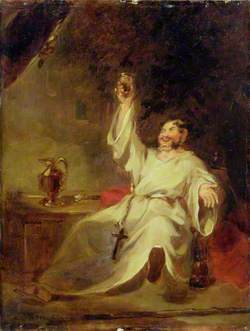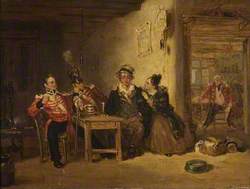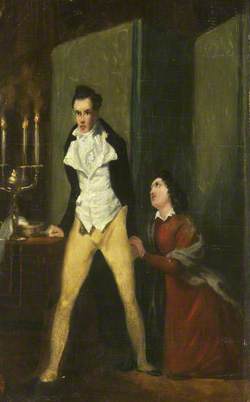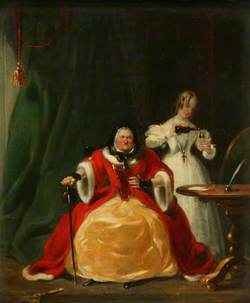How you can use this image
This image can be used for non-commercial research or private study purposes, and other UK exceptions to copyright permitted to users based in the United Kingdom under the Copyright, Designs and Patents Act 1988, as amended and revised. Any other type of use will need to be cleared with the rights holder(s).
Review the copyright credit lines that are located underneath the image, as these indicate who manages the copyright (©) within the artwork, and the photographic rights within the image.
The collection that owns the artwork may have more information on their own website about permitted uses and image licensing options.
Review our guidance pages which explain how you can reuse images, how to credit an image and how to find images in the public domain or with a Creative Commons licence available.
Notes
Add or edit a note on this artwork that only you can see. You can find notes again by going to the ‘Notes’ section of your account.
Drunkenness and poverty were the principle reasons for enlistment in the nineteenth century. Inns were a common location for recruiting sergeants to coerce potential recruits into joining up. Many a drunken man accepted the King or Queen’s shilling, only to regret it once sober. Recruiting parties had the inducement of a fee for each man they enlisted, while cash bounties, which were sometimes as much as three pounds, were used to tempt civilians to join the colours. In 1858, J. R. Godley, Assistant Under-Secretary of State for War, wrote, ‘no thoughtful man can have observed the scenes that take place daily and nightly at the taverns frequented by our recruiting staff… without feeling shame and disgust that such proceedings should form part of the recognised machinery of the British Military Service.
Title
The Recruit
Date
c.1830
Medium
oil on canvas
Measurements
H 63 x W 76.5 cm
Accession number
NAM. 1964-02-42
Acquisition method
gift from Sir Alec and Lady Martin through the Art Fund, 1964
Work type
Painting
